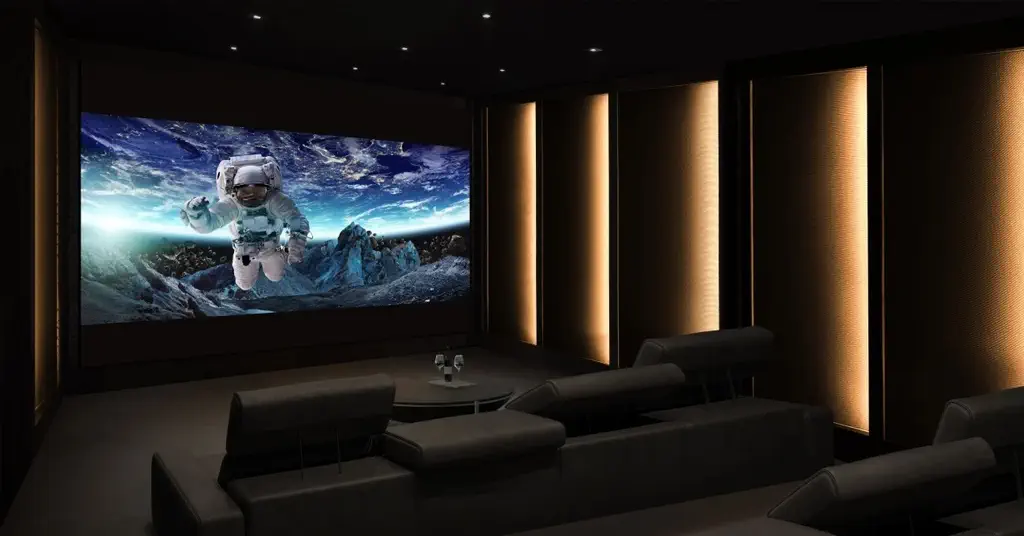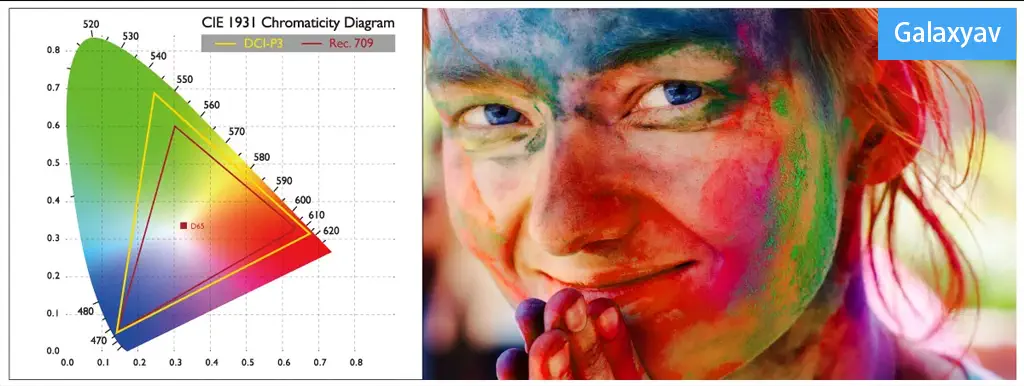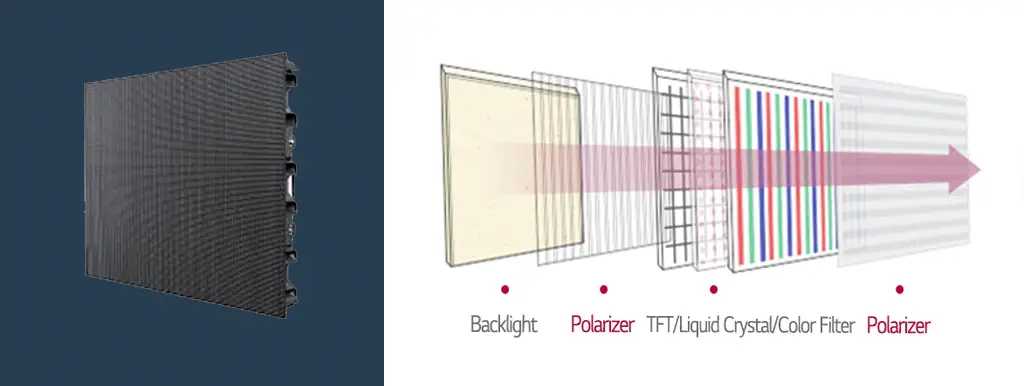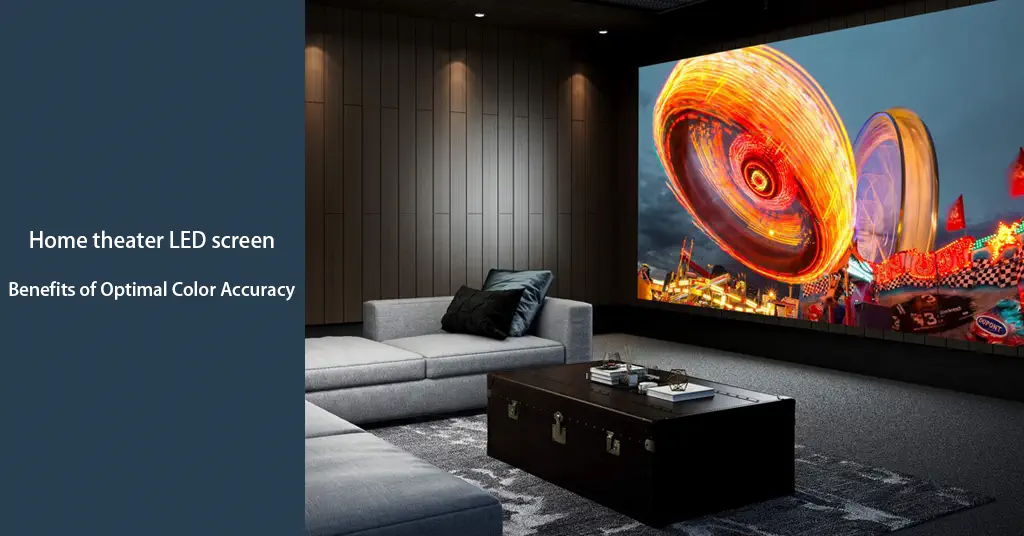The impact of color accuracy on home theater LED screen picture quality
The popularity of home theater LED screens stems from their ability to deliver superior picture quality, bringing the cinematic experience right into our living rooms. With their high resolution and wide color gamut, LED screens can showcase intricate details and vibrant hues, creating a visually captivating atmosphere. LED screens ensure that every frame is displayed with utmost clarity and realism, whether it’s the explosive action scenes or the subtle nuances of a character’s facial expressions. To fully appreciate the potential of these screens, however, it is crucial to understand the significance of color accuracy and its role in achieving the best possible picture quality.
Color accuracy plays a vital role in determining the overall visual quality of an LED screen. It refers to how faithfully the colors on the screen match the original content’s intended colors. It is essential to achieve accurate colour reproduction because it directly affects our perception of images and videos. When colors are reproduced incorrectly or inconsistently, it can result in distorted or washed-out visuals, diminishing the immersive experience.
In the next sections of this blog post, we will delve deeper into the factors affecting LED screen color accuracy and explore the various techniques used to achieve optimal color representation. By understanding the significance of color accuracy and how it impacts home theater LED screen picture quality, we can make informed choices when selecting and calibrating these displays for an exceptional viewing experience.
Table of Contents

Understanding Home Theater LED Screen Color Accuracy
Regarding home theater LED screens, color accuracy plays a significant role in delivering a visually stunning and immersive viewing experience. Let’s explore the various aspects of color accuracy and its importance in enhancing picture quality.
Definition of LED Screen Color Accuracy
Color accuracy refers to the ability of an LED screen to reproduce colors faithfully and accurately, matching the original content’s intended colors. It is crucial for achieving lifelike and realistic visuals on the screen. With high color accuracy, the colors displayed are true to life, allowing viewers to experience the content exactly as intended by the creators.
How Color Accuracy is Measured
To measure color accuracy, industry-standard metrics and tools are used. One commonly used metric is Delta E (ΔE), which quantifies the difference between displayed and actual colors. A lower ΔE value indicates a closer match to the original colors. Additionally, color accuracy can be evaluated using color gamut coverage, which measures the range of colors that an LED screen can reproduce. High color gamut coverage, such as 100% of the sRGB or DCI-P3 color space, is desirable for accurate color representation.

Importance of Color Accuracy in Home Theater LED Screens
Color accuracy holds immense significance in home theater LED screens, as it directly impacts the quality of the displayed visuals. With accurate color reproduction, viewers can fully immerse themselves in the content, appreciating the nuances and details that make each frame come to life. Whether it’s vibrant landscapes, richly saturated colors, or subtle skin tones, accurate color representation ensures a captivating and authentic viewing experience.
Common Issues with Color Accuracy
While striving for color accuracy, there are common issues that can arise. One such issue is color inconsistency, where different parts of the screen display colors differently, leading to an uneven viewing experience. Another challenge is color temperature, which affects the overall warmth or coolness of the displayed image. Poor color temperature calibration can result in unnatural or unbalanced colors. Additionally, color banding, where smooth color gradients appear as distinct bands, can detract from the visual quality. Understanding and addressing these common issues is essential for achieving optimal color accuracy on home theater LED screens.
The Relationship between Color Accuracy and Picture Quality
Color accuracy is crucial in determining the overall picture quality on home theater LED screens. Let’s delve into how color accuracy influences various aspects of the visual experience, from contrast and black levels to vibrant and lifelike colors.
How Color Accuracy Affects Overall Picture Quality
Color accuracy directly affects how accurately the colors on the screen reflect the original content. When color accuracy is high, the displayed images appear true to life, fully immersing viewers in the on-screen action. On the other hand, if color accuracy is compromised, the visuals may appear distorted or washed out, leading to a diminished viewing experience. Achieving optimal color accuracy ensures that every frame is rendered precisely, preserving the intended artistic vision and enhancing overall picture quality.

Impact of Color Accuracy on Contrast and Black Levels
Color accuracy also has a significant impact on contrast and black levels. Contrast refers to the difference between an image’s brightest and darkest areas. When color accuracy is high, the contrast is effectively preserved, resulting in more pronounced details and depth. Accurate black levels, achieved through precise color representation, contribute to richer and more immersive visuals. The ability of an LED screen to accurately reproduce subtle shades of black contributes to a greater sense of realism and enhances the overall picture quality.
Role of Color Accuracy in Reproducing Vibrant and Lifelike Colors
Vibrant and lifelike colors are a hallmark of a superior home theater LED screen. Color accuracy is instrumental in faithfully reproducing these colors, ensuring that they are displayed with the intended saturation and vibrancy. When colors are accurately represented, viewers can appreciate the full spectrum of hues, from vivid reds to lush greens and everything in between. Accurate color reproduction breathes life into the on-screen content, allowing viewers to experience the visual richness and authenticity intended by content creators.
Factors Affecting Color Accuracy
Several factors contribute to the color accuracy of home theater LED screens. Understanding these factors is crucial for optimizing and maintaining accurate color representation. Let’s explore the key aspects that influence color accuracy.
Quality of LED display Panel and Backlighting
The quality of the LED panel and backlighting technology employed in home theater screens significantly impacts color accuracy. High-quality LED panels with precise manufacturing processes ensure consistent light emission across the screen, minimizing color variations. Additionally, the backlighting system’s quality, whether edge-lit or direct-lit, plays a crucial role in achieving uniform brightness levels and accurate color reproduction.

Color Gamut and Color Spaces
Color gamut and color spaces refer to the range of colors an LED screen can reproduce. The wider the color gamut and the coverage of color spaces such as sRGB, DCI-P3, or Rec. LED screens with broader color gamuts can display a more extensive range of colors, resulting in more vibrant and lifelike visuals. Selecting screens with high color gamut coverage can enhance color accuracy and bring out the full spectrum of colors in your home theater setup.
Calibration and Color Management Techniques
Calibration and color management techniques are critical in achieving and maintaining color accuracy. Calibration involves adjusting the screen’s settings to match predefined color standards. Professional calibration tools and software are used to fine-tune parameters such as white balance, gamma, and color temperature. Color management techniques like ICC profiles allow for precise color reproduction across various devices and content sources. Regular calibration and color management ensure that the LED screen delivers accurate colors over time.
Benefits of Optimal Color Accuracy
Optimal color accuracy on home theater LED screens offers a range of benefits that contribute to an exceptional viewing experience. Let’s explore the advantages of achieving and maintaining accurate color representation.
Enhanced Viewing Experience with Accurate and Realistic Colors
Accurate color reproduction elevates the viewing experience by presenting content with true-to-life colors. With optimal color accuracy, the filmmakers display every frame as intended, allowing viewers to immerse themselves fully in the on-screen world. From vibrant landscapes to subtle skin tones, accurate colors bring out intricate details and nuances, resulting in visually captivating and realistic visuals. Whether watching a thrilling action sequence or a dramatic dialogue, accurate colors enhance the overall impact and make the content more visually appealing.

Better Immersion and Visual Engagement
When the colors on an LED screen are accurately reproduced, it enhances viewers’ overall immersion and visual engagement. Accurate colors create a sense of realism, drawing viewers into the content and making them feel part of the on-screen action. The vibrant and lifelike colors create a captivating atmosphere, making the viewing experience more engaging and memorable. Whether a cinematic masterpiece or a captivating TV series, optimal color accuracy on home theater LED screens enhances the emotional impact and allows viewers to connect deeply with the content.
Preservation of Filmmakers' Artistic Intent
Achieving optimal color accuracy is not just about delivering stunning visuals; it also ensures that the filmmakers’ artistic intent is preserved. Filmmakers carefully choose colors and color-grading techniques to convey specific moods, emotions, and storytelling elements. When the colors are accurately reproduced, the original artistic vision remains intact, allowing viewers to experience the content exactly as intended by the filmmakers. By preserving the filmmakers’ artistic intent, optimal color accuracy honors their creative choices and enhances the appreciation of their work.
How to Improve Color Accuracy on Home Theater LED Screens
Achieving optimal colour accuracy on home theatre LED screens enhances picture quality and creates an immersive viewing experience. Let’s explore some effective strategies to improve colour accuracy.
Selecting High-Quality LED Screens with Accurate Color Reproduction
Choosing a high-quality LED screen that prioritizes accurate colour reproduction is the first step toward improving colour accuracy. Look for screens from reputable brands known for their commitment to colour accuracy. Consider specifications such as colour gamut coverage, colour spaces supported (e.g., sRGB, DCI-P3), and the quality of the LED panel and backlighting technology. Reading reviews and consulting experts can help you make an informed decision when selecting an LED screen that will deliver accurate and vibrant colours.

Understanding and Utilizing Color Calibration Tools
Colour calibration tools are invaluable for optimizing colour accuracy on home theatre LED screens. These tools enable users to adjust display settings, such as brightness, contrast, gamma, and colour temperature. Understanding how to use these tools effectively can greatly improve colour accuracy. Invest time learning about the available calibration options in your LED screen’s settings menu, or consider using third-party calibration software and hardware solutions. By making precise adjustments, you can fine-tune colour reproduction and achieve a more accurate representation of colours on your screen.
Professional Calibration Services and Their Advantages
Professional calibration services offer an excellent solution for those seeking the highest level of colour accuracy. These services are typically performed by trained technicians who use specialized equipment and software to calibrate the LED screen to industry standards. Professional calibration ensures precise adjustments for colour temperature, white balance, and gamma settings. While it may involve an additional cost, the advantages are significant. Professional calibration provides the most accurate colour reproduction, tailored specifically to your home theatre setup, resulting in the optimal visual experience for your LED screen.
Conclusion
In the world of home theater, picture quality plays a vital role in delivering an immersive and captivating viewing experience. Among the various factors influencing picture quality, color accuracy stands out as a crucial aspect that directly impacts our visual perception. It brings content to life, making it visually stunning and immersive. By prioritizing color accuracy, we can unlock the full potential of our home theaters, creating a viewing experience that rivals the big screen.
For further details info ,pls contact [email protected]
Others also read the following article
Want to know more about the Audio Visual Solutions?
